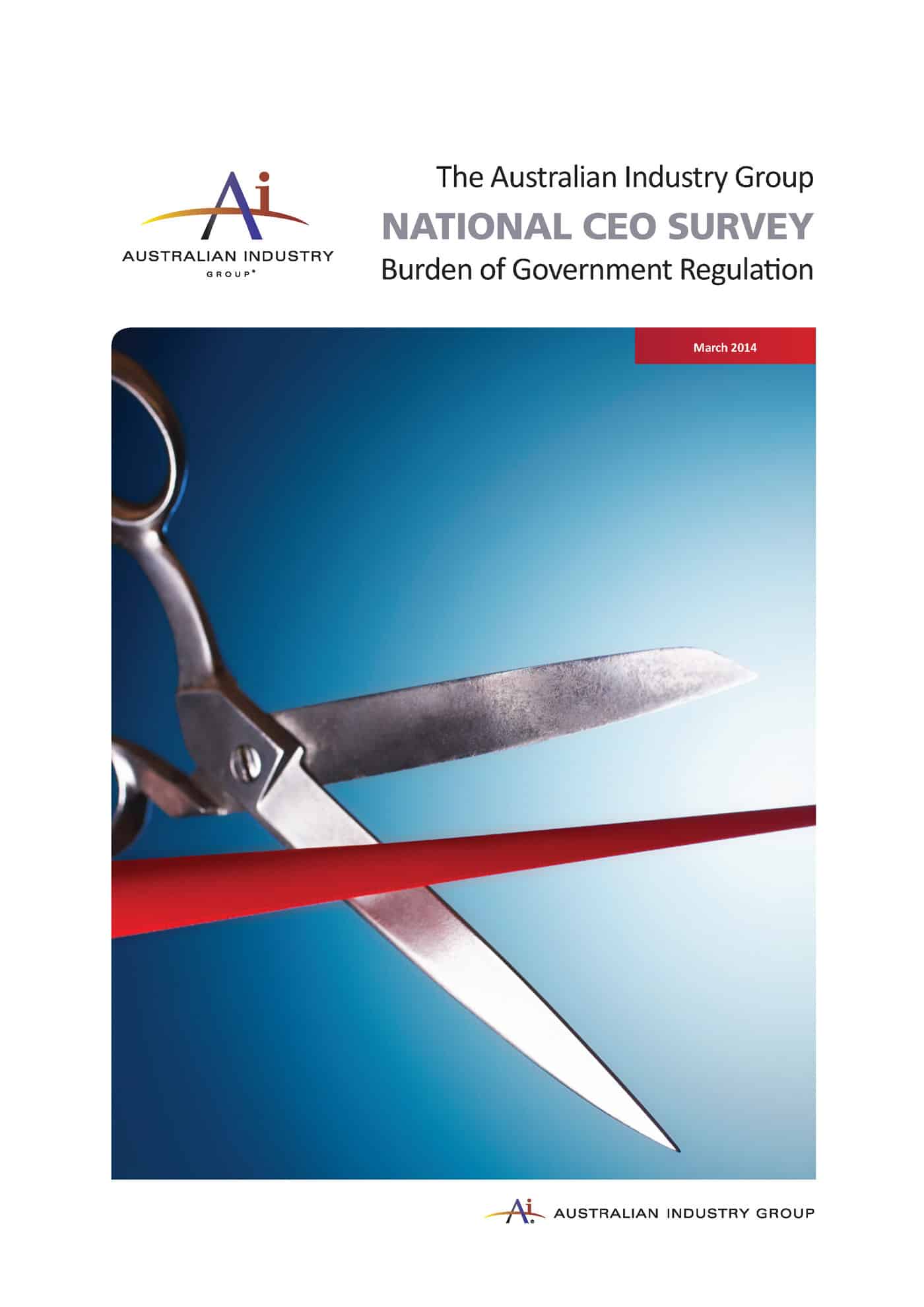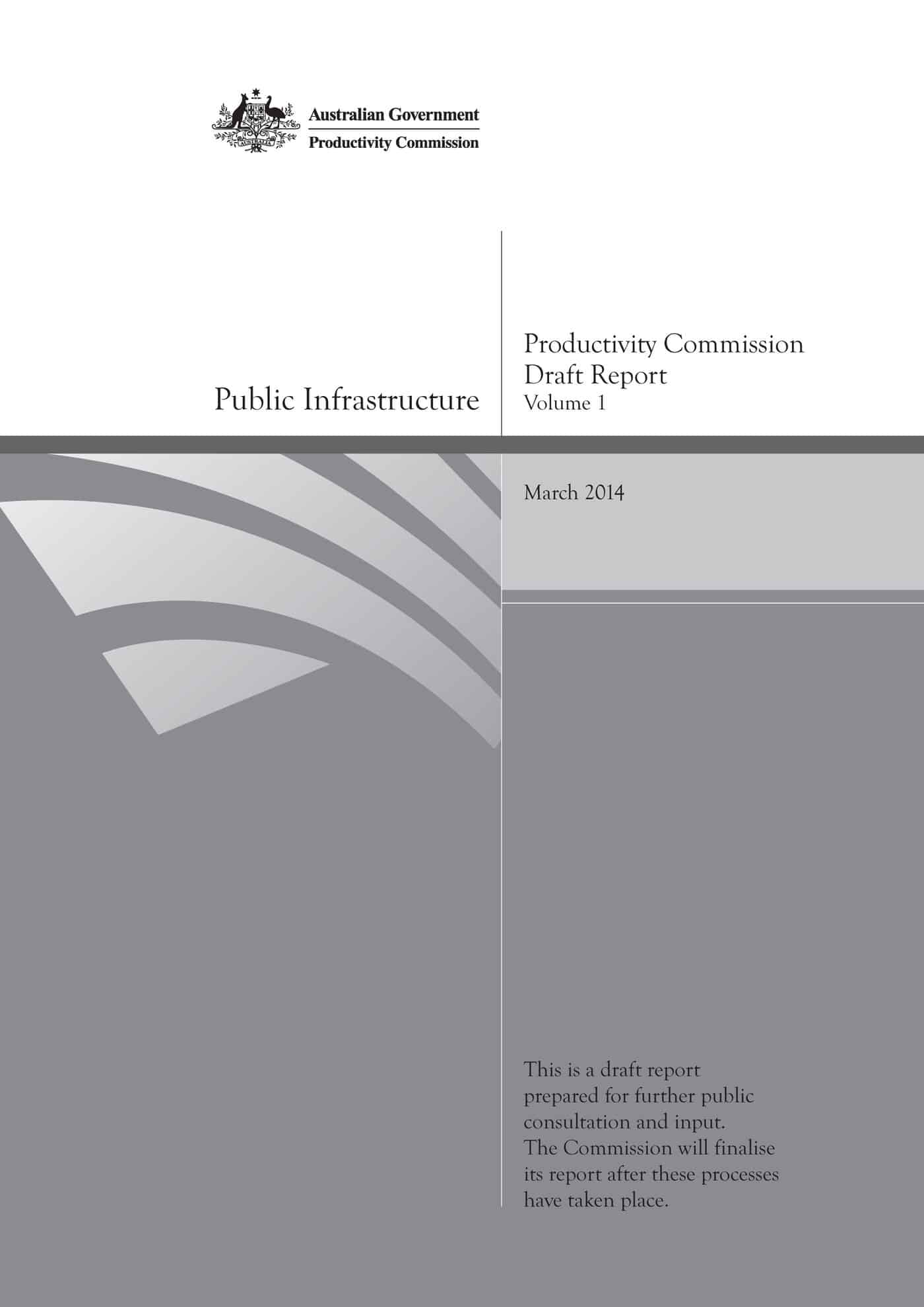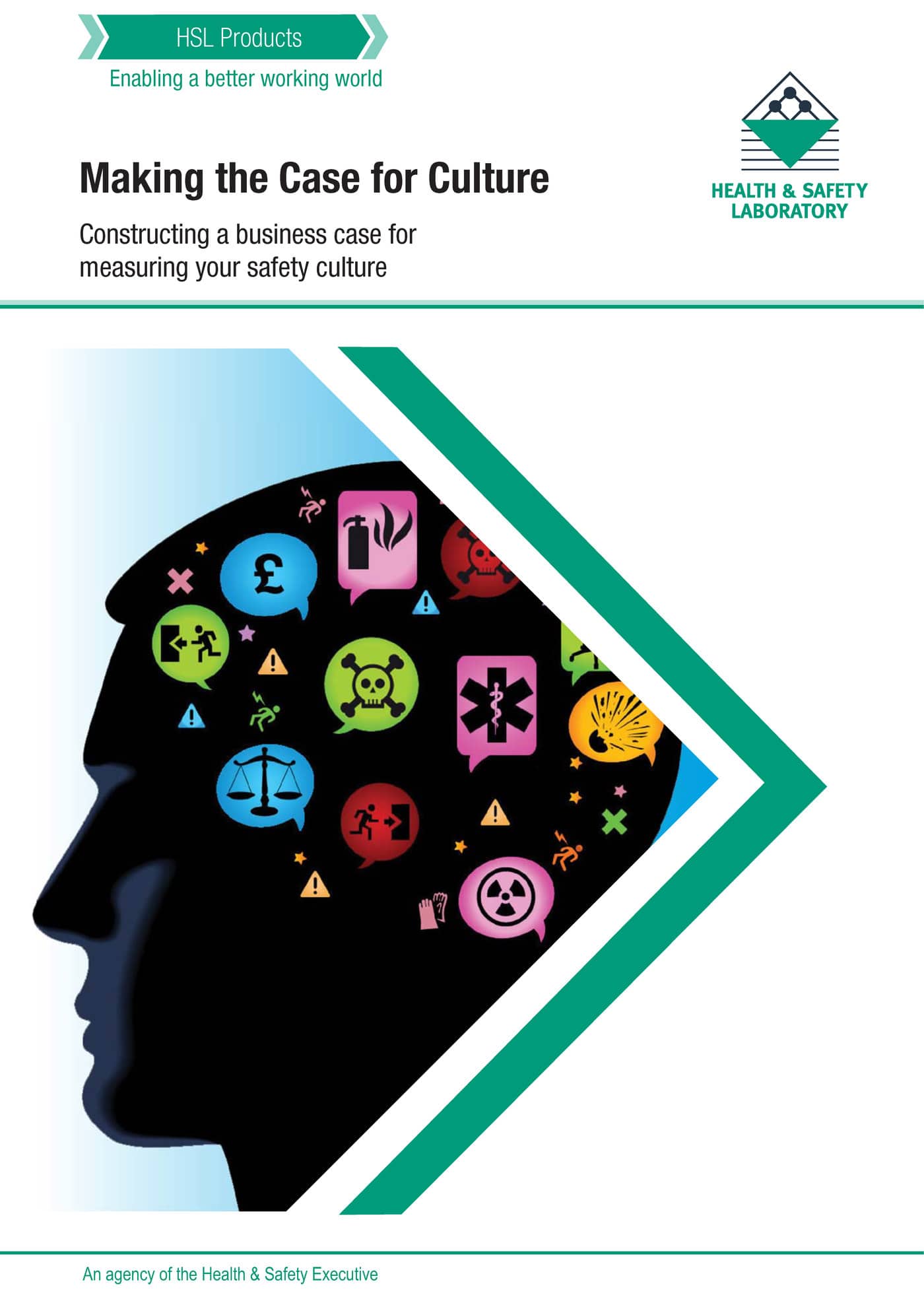 One has to be very careful with surveys, particularly those involving business confidence or surveys of an organisation’s membership base. These are often surveys of perception which may not correlate with reality and can be used as an excuse to lobby government or set an agenda rather than determining a societal truth. A recent example of this type of survey seems to have been produced by the Australian Industry Group entitled “Burden of Government Regulation“. The AIGroup’s media release accompanying the report states that
One has to be very careful with surveys, particularly those involving business confidence or surveys of an organisation’s membership base. These are often surveys of perception which may not correlate with reality and can be used as an excuse to lobby government or set an agenda rather than determining a societal truth. A recent example of this type of survey seems to have been produced by the Australian Industry Group entitled “Burden of Government Regulation“. The AIGroup’s media release accompanying the report states that
“Over 83% of employers surveyed listed regulation related to industrial relations and occupational health and safety as a significant regulatory burden in 2014.”

 Productivity
Productivity